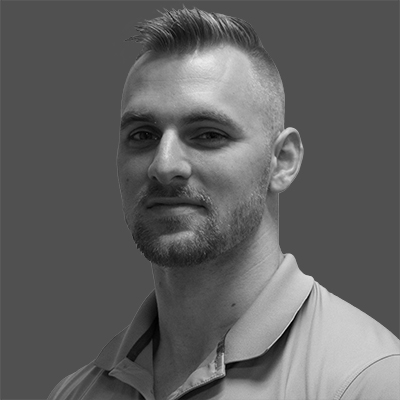Dry Needling

Dry needling, or trigger point dry needling, is a soft tissue technique applied by a certified therapist to locate and treat disorders related to soft tissue tension, damage, or dysfunction associated with myofascial trigger points. These trigger points are hyper excitable bands within a muscle which cause pain, tenderness, tension, and overall tissue dysfunction. The treatment involves the use of a monofilament needle to penetrate the trigger point creating a local twitch response, a small involuntary contraction, that results in desensitization of the trigger point and release of the muscle resulting in improved pain and function.
The goal is to restore normal muscle and joint function, decrease pain, improve strength and mobility, and enhance healing and recovery. It can also release tight muscles, decrease tension and prevent future injuries.
Who can benefit
Dry needling serves as a treatment for soft tissue pain from myofascial trigger points, which can develop from activity and overuse and become problematic, or they can be associated with a formal injury or diagnosis. It can also help with nerve symptoms individuals may be experiencing that are related to soft tissue impingement around the nerves. Almost all areas of the body can be treated but common treatment areas include the neck and shoulders, lower back, and thighs and calves.
Conditions treated
Common conditions dry needling can treat include:
- Tennis and golfer’s elbow
- ITB syndrome
- Calf strains
- Achilles tendopathy
- Low back pain
- Sciatica
- Shoulder impingement
- Neck pain
Certified physical therapists

Jacob Ober
Naples Site Lead
Jacob Ober, PT, DPT, ATC, TPI-M1, is the Naples Site Lead and a physical therapist,...
Read more >>
Gloria Christiano
Westport
Gloria Christiano, PT, DPT, is a physical therapist who is passionate about elevating the healthcare...
Read more >>
Danielle Pasquale
Greenwich
Danielle Pasquale, PT, DPT, is a physical therapist certified in dry needling, women's pelvic health,...
Read more >>
Brian Kuruc
Westport
Brian Kuruc, PT, DPT, TPI-M1, is a physical therapist, dry needling specialist, and TPI certified...
Read more >>
Michael Semancik
Greenwich
Michael Semancik, PT, DPT, TPI-M2, specializes in working with young athletes, specifically with rowers, hockey...
Read more >>
Carolyn Surgent
Greenwich
Carolyn Surgent, PT, DPT, FDN, is a mover by nature and loves to explore how...
Read more >>
Britt Gunsser
Greenwich
Britt Gunsser, PT, DPT, OCS, CSCS, is a board certified orthopedic clinical specialist, certified Schroth...
Read more >>
Robert Mahlman
Westport Site Lead
Robert Mahlman, PT, DPT, OCS, is a board certified orthopedic clinical specialist and certified Schroth...
Read more >>
Jonathon Mendola
Darien
Jonathon Mendola, PT, DPT, CSCS, is a detail-oriented physical therapist and certified strength and conditioning...
Read more >>
Stash Rutkowski
Westport
Stash Rutkowski, PT, ART, is certified in both Active Release Therapy and Dry Needling, and...
Read more >>FAQs
Is dry needling painful?
It may be uncomfortable at first, but it is more often described as a “good pain” — such as a deep tissue massage. Clients typically report far less pain than what is experienced with the use of gauge needle such as a flu shot, blood work, etc.
How long does a session take?
A typical treatment session takes 15–20 minutes, with additional time needed for heat application if necessary.
How many treatments will I need?
Most clients need more than one treatment, and the therapist will advise the frequency following the initial session.
Why is it called “dry” needling?
No medication is delivered or is injected.
What will I feel afterwards?
Clients are typically sore for a few hours after the session, but experience no restrictions in activity unless the therapist specifies.
Is it similar to acupuncture?
The only similarity is the needle that is used. Acupuncture is performed by an acupuncturist and is a different treatment based on traditional Chinese medicine. It involves the use of needles more superficially (on the surface) to affect energy and nerve flow throughout the body. Dry needling is a Western methodology based on the trigger point model and involves the penetration of the needle into a myofascial trigger point.

